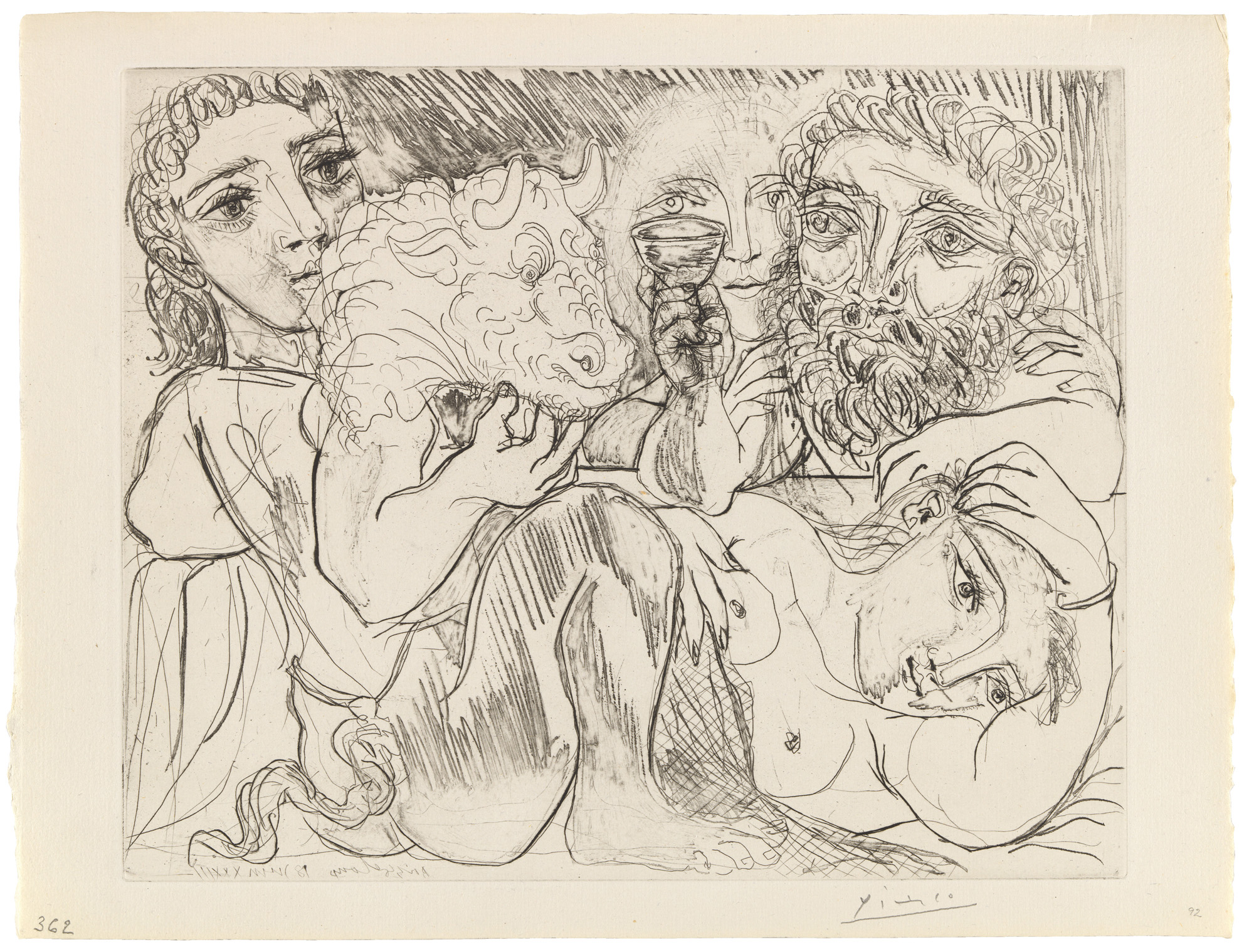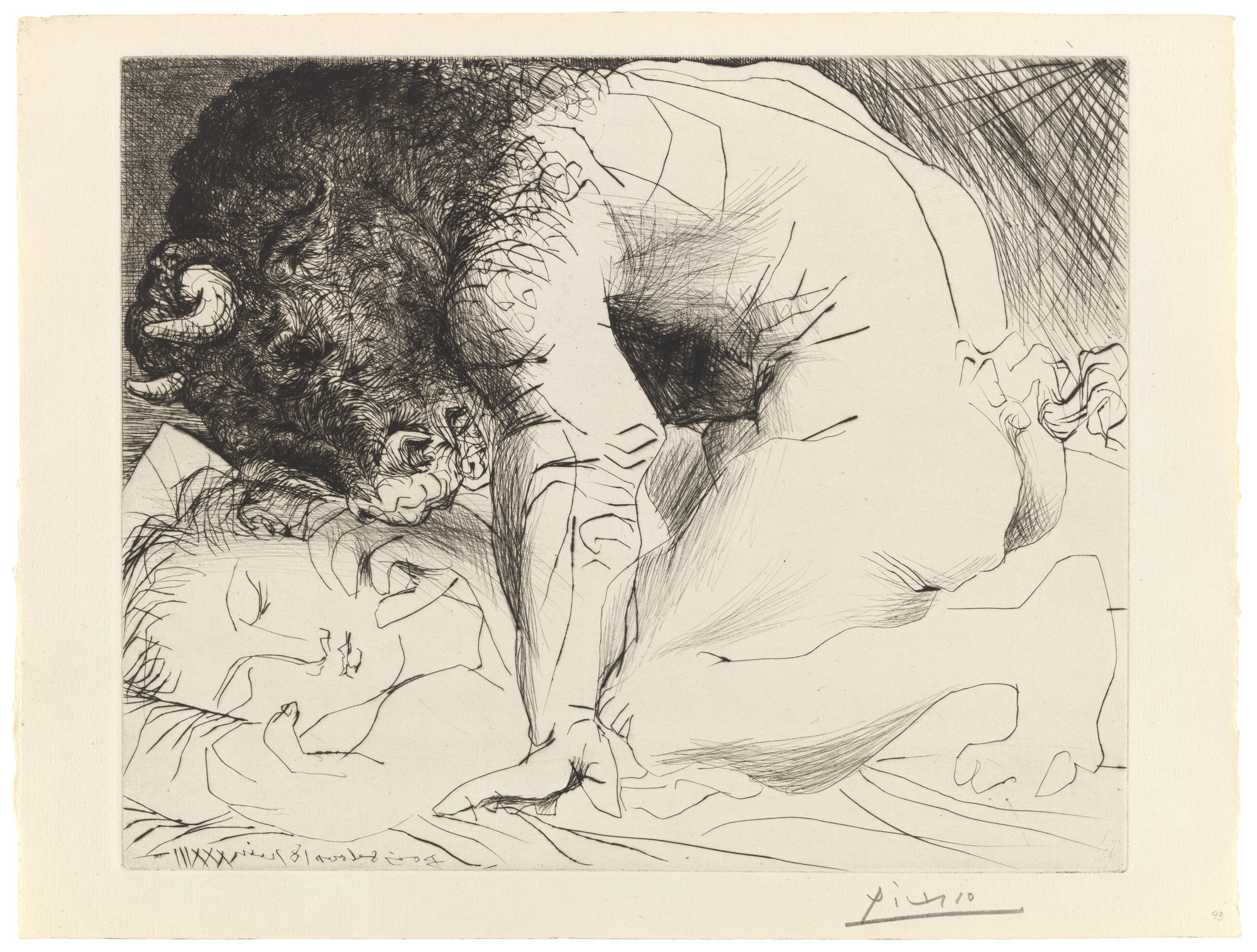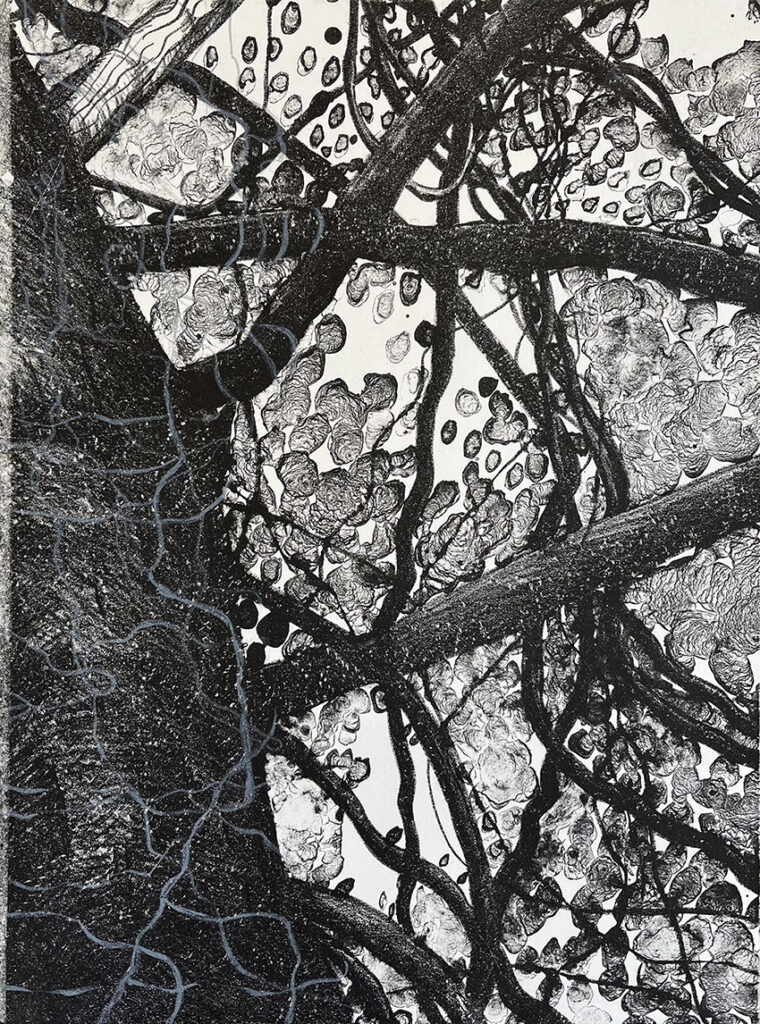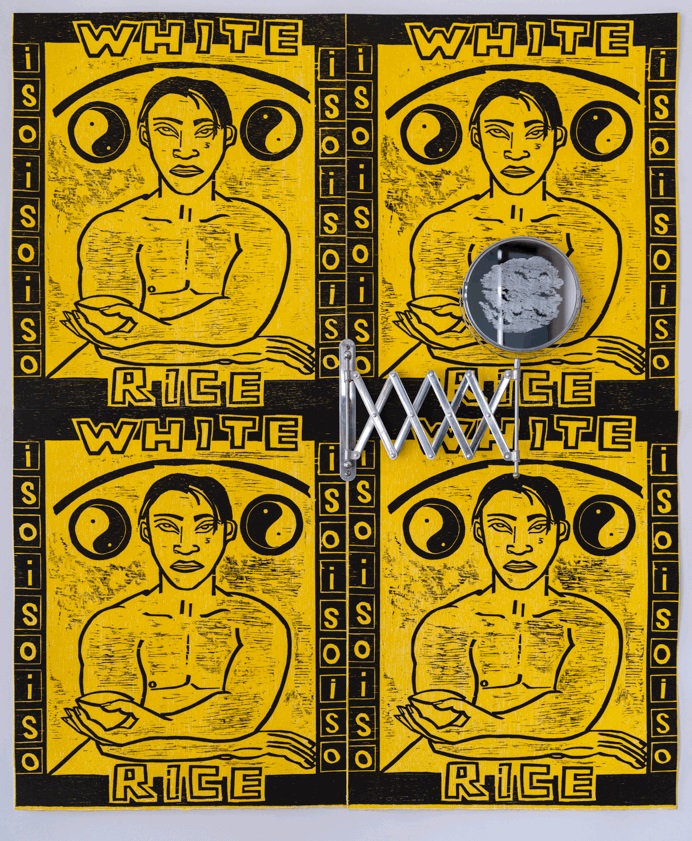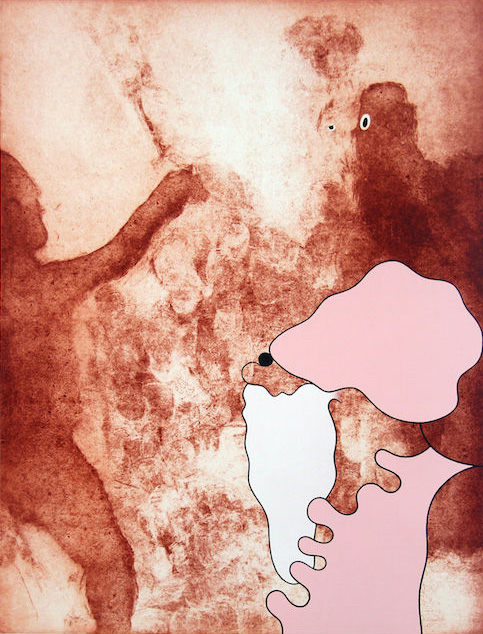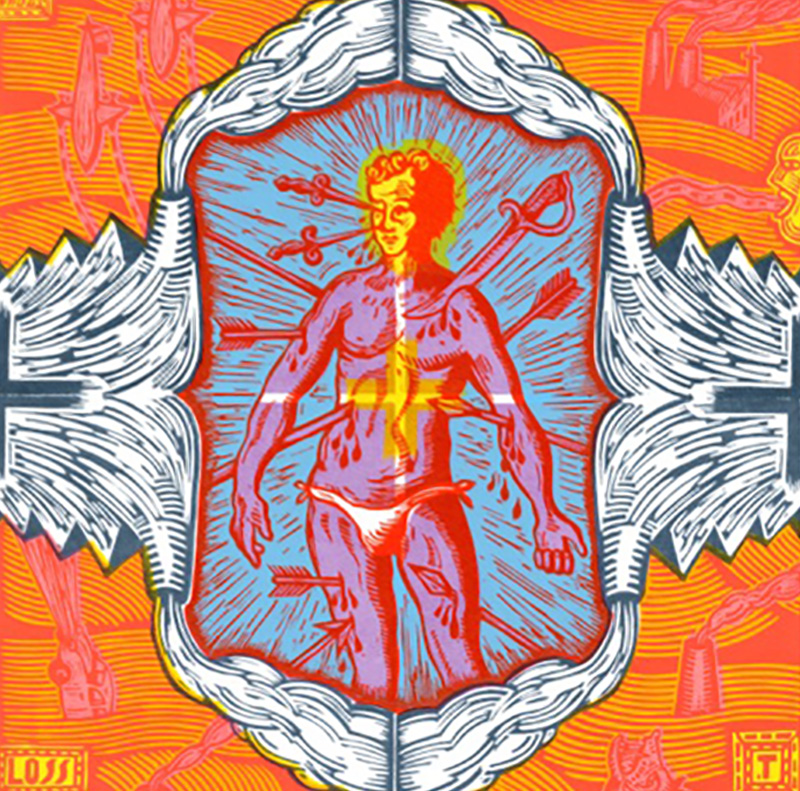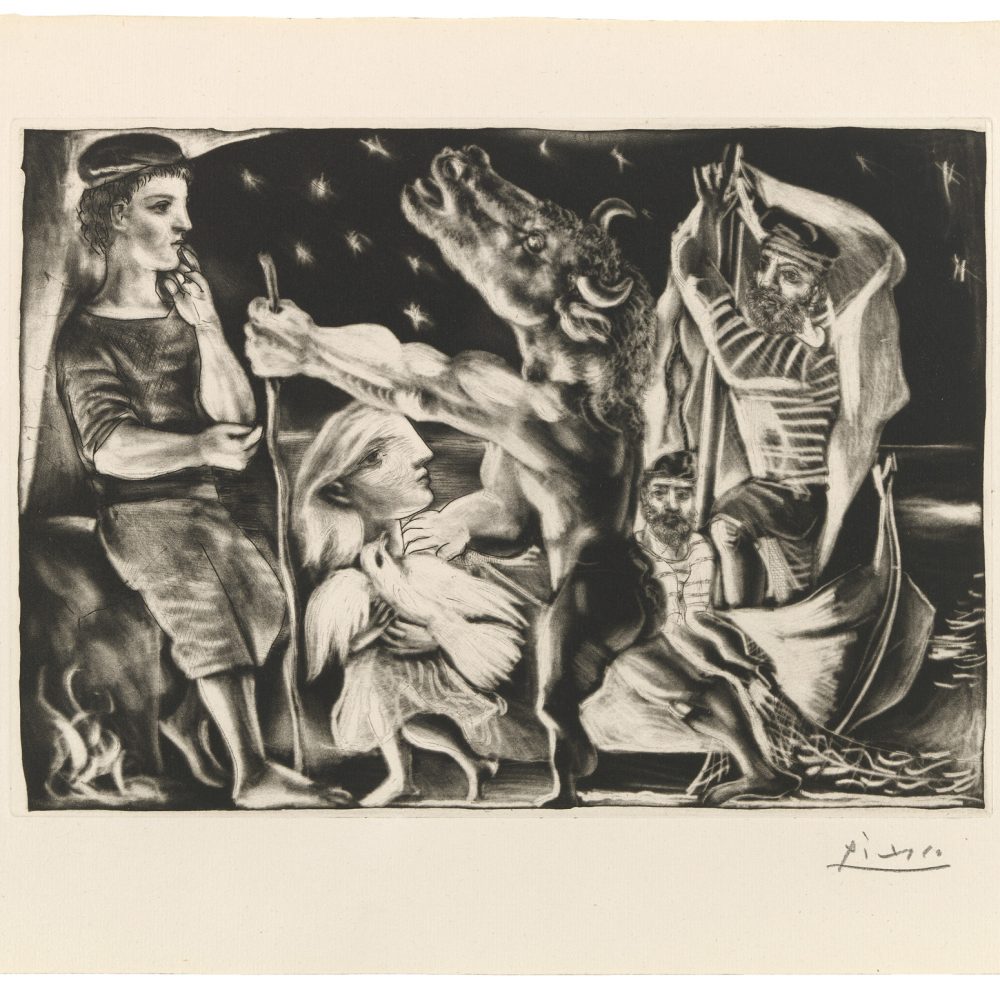
Picasso: The Vollard Suite
Lisa Slade and Maria Zagala discuss the Art Gallery of South Australia’s recent showing of the National Gallery of Australia’s Picasso: The Vollard Suite, now showing at the Art Gallery of Ballarat until 28 April.
–
Article reprinted courtesy Art Gallery of South Australia.
–
18 February, 2019
In Exhibitions,
Printmaking, Q&A
From top: Pablo Picasso, Spain/France 1881 – 1973, Minotaure aveugle guide par une fillette dans la nuit. [Blind minotaur led by a little girl at night.], from the Vollard Suite (97), Between 3-7 December and 31 December 1934, or 1 January 1935, aquatint, drypoint and etching, printed in black ink; Purchased 1984, National Gallery of Australia, Canberra.
Pablo Picasso, Spain/France 1881 – 1973, Minotaure, buveur et femmes. [Minotaur, man drinking and women.], from the Vollard Suite (92), 18 June 1933, plate reworked probably at the end of 1934, drypoint, etching, scraper and burin engraving; Purchased 1984, National Gallery of Australia, Canberra.
Pablo Picasso, Spain/France 1881 – 1973, Sculpteur et modèle agenouillé. [Sculptor and kneeling model.], from the Vollard Suite (69), 8 April 1933, etching; Purchased 1984, National Gallery of Australia, Canberra.
Pablo Picasso, Spain/France 1881 – 1973, Minotaure caressant une dormeuse. [Minotaur caressing a sleeping woman.], from the Vollard Suite (93), 18 June 1933, plate reworked probably at the end of 1934, drypoint; Purchased 1984, National Gallery of Australia, Canberra.
The Art Gallery of South Australia’s Lisa Slade, Assistant Director, Artistic Programs and Maria Zagala, Associate Curator, Prints, Drawings and Photographs discuss the gallery’s recent exhibition PICASSO: THE VOLLARD SUITE, soon to open at the Art Gallery of Ballarat.
Q: What makes this collection of 100 prints so special?
A: The Suite distils many of the themes that recur across Picasso’s long career – love, lust, inspiration, conflict….hence it is a summation of his ideas and influences. The Suite is also special because it is, due to the vision of founding director of the National Gallery of Australia, James Mollison, a complete set which was acquired for the nation in 1984.
Q: Picasso is one of world’s most famous (and prolific) artists – where does this sit in his body of work?
A: Picassos’ drawn line is legendary. The prints that comprise the Suite are etchings and as such are a direct transcription of the drawing process. His languid and loose line and well as his febrile and frenzied sketching are present in the Suite.
Q: It is billed as one set of etchings, but Picasso used numerous techniques and created the set over seven years – do you see a strong thematic and artistic link between the prints, or has that been created retrospectively?
A: There’s an old adage that artist’s spend a career and a lifetime making and remaking the same work. This is true of Picasso too. Each new work that he makes revisits and reinvents previous works.
Q: Do you feel that the Vollard Suite had a strong impact on subsequent artists?
A: Yes. Just as Picasso was influenced by Rembrandt and Goya (both of whom will also be on display along Picasso in the exhibition), Picasso has engendered subsequent generations of artists and influence. The classical references can be found in the work of artists working today and his liberation of line has a legacy in modern and post modern art.
Q: At the time these were created, Picasso was already one of the most celebrated artists in the world, a middle-aged man who had recently begun a secret affair with a very young woman. Do you see that power imbalance reflected in the works?
A: You certainly do and the exhibition of course is set against the backdrop of our increasing awareness of sexual imbalance and the abuses of power. It couldn’t come at a better time and proves that art is constantly remade by the time, place and viewers who experience it.
Q: That power imbalance was specifically called out by Hannah Gadsby in Nanette– has there been a re-evaluation of these prints, or the man who created them, in the wake of that?
A: Feminist scholars have been critiquing the canon for decades and Picasso has been a frequent subject in their critique. Griselda Pollock, Linda Nochlin, Memory Holloway and in Australia, Helen Topliss and Juliette Peers are just some of the scholars who have called out the masculine-centric nature of art history. Due to the wider proliferation of this knowledge, times might be finally changing!
Q: What is the connection between the Vollard Suite and Blood Of A Poet?
A: The film The Blood of a Poet by Pablo Picasso’s friend and artistic collaborator, Jean Cocteau provides an interesting counterpoint to the Vollard Suite. Created a few years before Picasso’s suite of etchings, its visual vocabulary and thematic preoccupations are deeply idiosyncratic yet share certain similarities with Picasso’s prints. Cocteau’s film – about the trials of being a poet – presents a world in which everyday objects are used as portals to a mythical realm. The poet’s ability to access this world of intuition and fantasy finds parallels in Picasso’s distinctive blending of the real and dream-like, one which creates a rich associative field for the viewer.
Q: Does the AGSA have any of its own Picasso works?
A: Yes, the Gallery holds nine prints by Picasso, including one of the most arresting images in the Vollard Suite, Minotaur caressing a sleeping woman 1933. Other works include two early drypoint etchings from the series ‘Les Saltimbanques’ 1905 ( also published by Ambroise Vollard), and two powerful linocuts portraits from 1962-63.
–
Picasso: The Vollard Suite is at the Art Gallery of Ballarat 23 February-28 April

